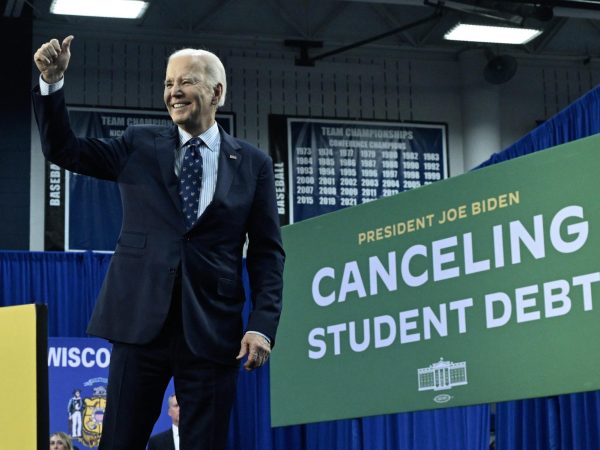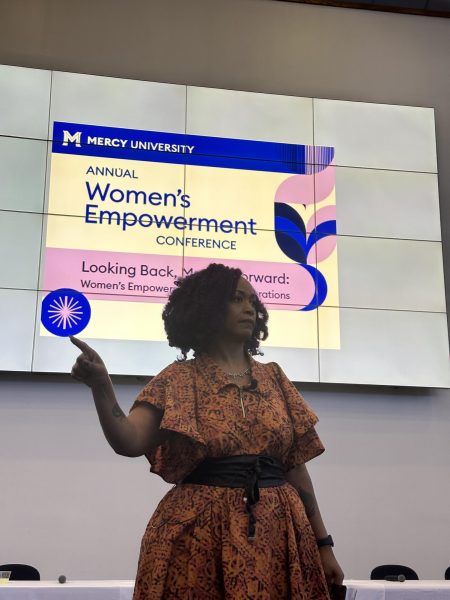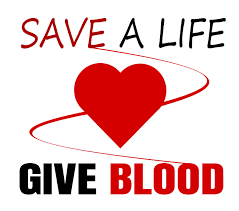The Harris Project
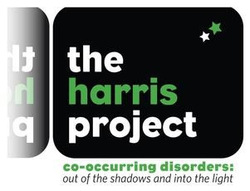
With the sudden loss of their 19-year-old son, Harris Marquesano, Stephanie and her husband Alan grieved at first and then decided that a change was in order.
Their son Harris always struggled with disorders. At the age of three years old, Harris was diagnosed with an anxiety disorder. Then in eighth grade, he was diagnosed with ADHD and turned to marijuana to self-medicate. While seeing psychiatrists and psychologists, life slowly turned around for Harris.
“After we switched doctors, things got better for Harris. Things were good,” said Stephanie. “In tenth grade, he stopped seeing the therapist and things were really better for him”
However in the eleventh grade, the stress and pressure became a challenge for Harris and when the 12th grade came, it became too much.
Everything started becoming a lot for Harris, explained his mother. During his senior year, he went to a party and took a prescription pill.
“I like to call that game over for us,” she said.
It wasn’t until Harris entered a rehabilitation program for the first time that Stephanie and her husband heard about Co-Occurring Disorders, the relation between substance abuse and mental health disorders.
Being in four inpatient programs and two outpatients programs, all said that they treat co-occurring disorders.
“Everywhere we went to help Harris all told us that they treat co-occurring disorders,” said Stephanie. “We thought, he has something, they’ll treat it, and we’ll be good.”
Unfortunately that wasn’t the case. Suffering from substance abuse and mental illness, Harris Marquesano died of accidental drug overdose in October of 2013.
“When Harris died, all I kept thinking was, they said that he had something and it was treatable, and I don’t understand what went wrong.”
Left with nothing but a poem from Harris and his old belongings, Stephanie knew that something needed to be done to raise awareness for young people struggling with co-occurring disorders like Harris was. What sparked from that motivation was the Harris Project.
“Harris died on a Wednesday and his funeral was Sunday,” said Stephanie. “Between Wednesday and Sunday, I created the Harris Project at my kitchen table.”
“When he died I thought, Harris had something that had a name, and how is it that young people are dying over something that nobody’s ever heard of,” said Stephanie. “I wanted to raise awareness for mental illness and its connection with substance abuse.”
Doing just that with the Harris Project, Stephanie has been raising awareness for co-occurring disorders for the past five years. Focusing on the stats, it is easy to see why this foundation is so important.
Between one in four and one in five American teenagers, 13-18, suffer from a mental health disorder with severe impact in a given year. Fifty percent of all mental health disorders arise by the age of 14 and 75 percent by the age of 24.
Seventy percent of those who misuse substances have co-occurring disorders.
“With these numbers, what my first step with the Harris Project that I wanted to do was prevention programming,” said Stephanie. “I wanted young people to understand the link so that they could get help and support for a mental health issue that might be emerging.”
When it comes to which comes first within the co-occurring disorders, mainly mental illness arises before substance abuse, however the changes within a brain from using substances are enough to cause a mental illness to arise afterwards.
“If they didn’t have a mental health issue, I wanted them to understand the relationship and what could happen to the brain even if you didn’t have a preexisting mental health disorder.”
The prevention piece within the Harris Project took off in a big way. Greenwich High School was the first school to create an awareness club called “CODA” standing for Co-Occurring Disorders Awareness. Quickly after that, student assistant services in Westchester decided that they wanted to do a pilot program.
“Last year, The Harris Project piloted with 15 high schools in Westchester where they all celebrated Co-Occurring Awareness week. The day that Harris died is now Co-Occurring Awareness day and the two weeks surrounding it are the awareness weeks”
After much success within the high schools, the county partnered with the Harris Project and in October of 2017 a youth leadership summit was created with 38 of the 49 high schools in the are sending representatives from their school to learn about co-occurring disorders and to start raising awareness.
In 2018, all 49 of the high schools in Westchester county attended the leadership summit.
The high school program has become an import piece to the Harris Project.
“What we want our young people to realize is that they are the first best opportunity,” said Stephanie. “If young people start talking to each other about how they are feeling, then you can change outcomes.”
That has become the overall theme for The Harris Project, changing outcomes. A recent slogan for the Harris Project has been #CODAConnects, trying to encourage people to connect and be the link between the person suffering and the helping point.
Stephanie and the Harris Project work with high school and college students on trying to bring about awareness within each other when it comes to mental illness and especially substance abuse.
“You have a friend who drinks too much all the time. You go out with them on Friday and they start drinking more and more, do you want to be the friend who laughs and encourages them or would you rather be the one who says you know maybe we should stop drinking and just hang out tonight?”
Stephanie uses this story and others to bring about awareness that high school and college students need to be the link and need to be the ones noticing when their friends are going downhill.
Though co-occurring disorders resonate during high school years, colleges have found an interest in CODA and are starting to bring awareness of it to their campuses.
“It may be a little later down the cycle, but for those who are feeling mental health issues are emerging or are learning to get comfortable in their environment, co-occurring disorders really matters and is resonating.”
As of 2018, the Harris Project is in over 50 high schools and is now in five different colleges with a few on the way to joining.
“I talk to a few colleges and their fraternities there and I always stress the point of this – would you rather hand your brother a beer and not know what door you’re opening for them, or would you rather offer them your hand a say I’m here for you.”
The Harris Project has raised awareness for co-occurring disorders and the overall goal is to stress the importance of it across the country.
“When you think about it, before we started, no one was talking about Co-Occurring Disorders, and now high school and college students are talking about it.”
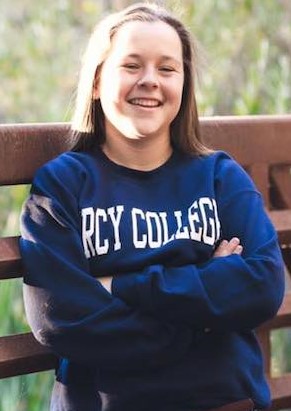
Jess Brandt is a Media Studies major specializing in Journalism. She is from the wholesome town of Folsom located in beautiful Northern California. She...








